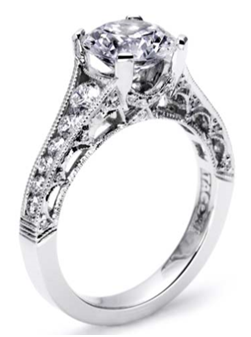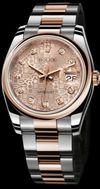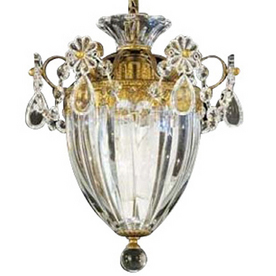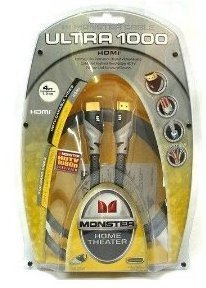 Los Angeles, CA – An oral agreement is usually not the greatest way to memorialize the parties’ duties and rights for copyrighted material, and this is certainly not the first or last such dispute. See here. Plaintiff JanKris Vineyards entered into an oral copyright license agreement with photographer Jules Alexander to use six photographs of golfer Ben Hogan on wine labels for six years. JanKris contends that the oral license did not limit the use of the photographs other than on wine labels and in marketing of such wines. Also, JanKris alleges that the parties agreed that JanKris could make a derivative work of one of the photographs by replacing a cigarette in Ben Hogan’s hand with a glass of wine.
Los Angeles, CA – An oral agreement is usually not the greatest way to memorialize the parties’ duties and rights for copyrighted material, and this is certainly not the first or last such dispute. See here. Plaintiff JanKris Vineyards entered into an oral copyright license agreement with photographer Jules Alexander to use six photographs of golfer Ben Hogan on wine labels for six years. JanKris contends that the oral license did not limit the use of the photographs other than on wine labels and in marketing of such wines. Also, JanKris alleges that the parties agreed that JanKris could make a derivative work of one of the photographs by replacing a cigarette in Ben Hogan’s hand with a glass of wine.
JanKris then used the licensed photographs on its wines and marketing, which included agreements with PGA Magazine to run advertisements and a licensing agreement with Calloway for Ben Hogan’s publicity rights. JanKris alleges that in an attempt to renegotiate the terms of the license, Alexander asserted copyright infringement claims against PGA Magazine and Calloway, which included assertions that JanKris did not have the right to use the photograph of Hogan holding a wine glass. Based on Alexander’s alleged threats, JanKris claims that Calloway denied a license to use Ben Hogan’s name in the Far East, resulting in damages of more than $1 million a year.
In addition to monetary damages, JanKris seeks declaratory relief of copyright non-infringement because the works allegedly fell into the public domain. JanKris contends that because the photographs were taken in the 1950’s, the works fell into the public domain when they were first published without proper copyright notification prior to the 1976 Amendments to the Copyright Act. And, defendant did not seek a copyright registration until 1998. The case is Veris Management Co. v. Jules Alexander, CV11-01962 VBF (C.D. Cal. 2011).
 Los Angeles Intellectual Property Trademark Attorney Blog
Los Angeles Intellectual Property Trademark Attorney Blog




 Los Angeles, CA – Speck Products manufactures carrying cases for electronic devices, including the iPad, iPhone, iPod, and Blackberry. The products are sold bearing the Speck® or Candyshell® trademarks. Last week, Speck filed numerous trademark infringement and unfair competition lawsuits against numerous eBay sellers alleging sales of counterfeit electronic device cases. Plaintiff alleges that “Defendants use images and names confusingly similar or identical to Plaintiff’s Marks to confuse consumer and aid in the promotion and sales of its unauthorized and counterfeit product.”
Los Angeles, CA – Speck Products manufactures carrying cases for electronic devices, including the iPad, iPhone, iPod, and Blackberry. The products are sold bearing the Speck® or Candyshell® trademarks. Last week, Speck filed numerous trademark infringement and unfair competition lawsuits against numerous eBay sellers alleging sales of counterfeit electronic device cases. Plaintiff alleges that “Defendants use images and names confusingly similar or identical to Plaintiff’s Marks to confuse consumer and aid in the promotion and sales of its unauthorized and counterfeit product.” 





